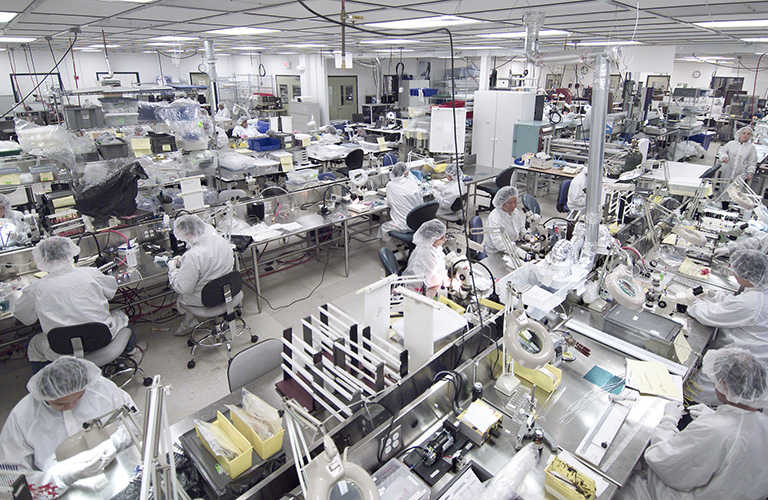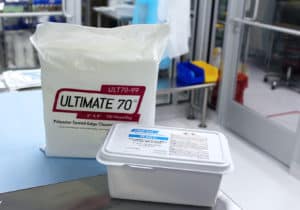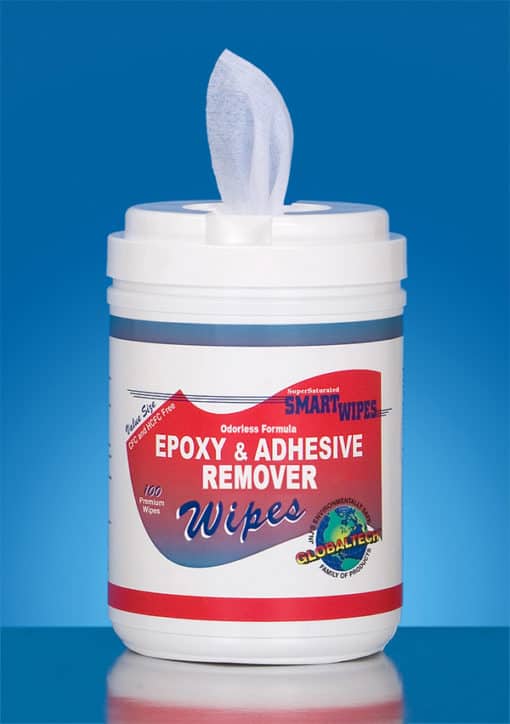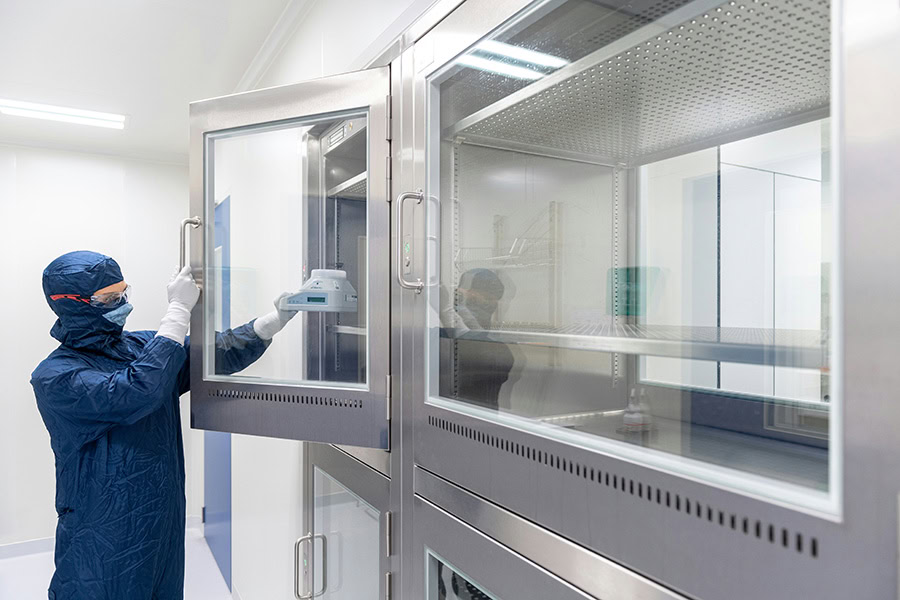Cleanroom News, General Topics
Understanding and Conquering Cleanroom Chemical Contamination
Cleanrooms are meticulously designed environments intended to maintain high levels of purity. Despite stringent measures, chemical contamination remains a persistent and often unseen threat. For cleanroom operators, understanding and addressing this issue is crucial for ensuring operational integrity and product quality.
This comprehensive guide aims to provide operators and technicians with the knowledge needed to identify, prevent, and eliminate chemical contamination in cleanroom environments.
Defining the Invisible Threat
Chemical contamination occurs when foreign chemical substances are introduced into the cleanroom environment. Unlike particulate contamination, which is visible and easier to detect, chemical contaminants are often colorless, sometimes odorless, and tasteless, making them difficult to identify until significant damage has occurred.
Electron Spectroscopy for Chemical Analysis (ESCA) has been instrumental in identifying and analyzing potential contaminants in cleanroom settings. Chemical contaminants can form salts in humid conditions, creating particulates that obscure the initial problem, complicating detection and removal.
Failing to address chemical contamination can lead to compromised manufacturing processes, defective products, and significant financial losses.
Sources of Cleanroom Chemical Contamination
- Material Outgassing: Materials used in cleanroom construction and products can emit gases and vapors over time, leading to chemical contamination.
- Human Derivatives: Cleaning agents, perspiration, and personal care products are significant sources of chemical contamination within cleanrooms.
- Outside Atmosphere: The air can introduce organic and inorganic molecules through filtration systems, especially if the systems are not adequately designed and maintained.
Identifying the Culprits Within
Notable Case Studies
In one case study of a semiconductor cleanroom, excessive organophosphate levels were traced to specific coverall materials. This led to a significant drop in production quality due to unexpected photoresist adhesion problems, highlighting the monetary impact of chemical contamination. The solution: regular inspections are key to early detection. Incorporating infrared and FTIR (Fourier Transform Infrared Spectroscopy) technologies can pinpoint the presence of specific chemical species, helping in targeted removal strategies.
Emission of Organic Compounds
Organic compounds, often volatile, can migrate through cleanroom environments. Certain plastics and adhesives are notorious emitters, particularly aromatic molecules, which can originate from everyday items like office supplies.
Tracing Inorganic Gaseous Contaminants
The semiconductor industry faces challenges with inorganic gaseous contaminants, especially during silicon wafer processing. Gases such as silane and germanium require meticulous control to prevent oxide formation that can cause process-induced damage.
The Vanguard of Protection
Establishing Stringent Cleanroom Protocols
Implementing robust entry procedures, including mandatory changing or covering of shoes and garments, can significantly reduce the risk of chemical contamination. Process isolation also helps minimize potential contaminants in critical production spaces.
The Filter Battle
HEPA and ULPA filters capture particulates, but carbon filters are essential for adsorbing and neutralizing chemical vapors.
Mind Your Materials
Selecting low-volatile and low-outgassing materials for building and maintaining cleanrooms is critical. Regular maintenance of materials known to emit volatile compounds must be integral to the overall cleanroom management plan.
The Seek and Destroy Mission
Periodic Inspections
Regular inspections are key to early detection. Utilizing infrared and Fourier Transform Infrared Spectroscopy (FTIR) technologies can identify specific chemical species, aiding in targeted removal strategies.
Equipment Cleaning and Maintenance
Tools and equipment within the cleanroom must undergo thorough maintenance and periodic deep cleaning to prevent the buildup and spread of chemical contaminants.
Cleanroom Wipers as Allies
Cleanroom wipers, made of appropriate materials and used with cleanroom-compatible solvents, are invaluable in the continuous battle against unwanted chemicals. Wipers saturated with isopropyl alcohol (IPA) or acetone can effectively remove and maintain low-level chemical contamination in critical processes.
Turning Defense into Offense
Continuous Monitoring
Employing multiple chemical monitoring tools and techniques, such as ion mobility spectroscopy and digital olfactory devices, allows for real-time monitoring of the chemical integrity of critical spaces.
Employee Education and Encouragement
Educating personnel about the risks and signs of chemical contamination, and their critical role in maintaining cleanroom purity, is one of the most effective strategies.
Standardizing Processes
Standard Operating Procedures (SOPs) should be consistently adhered to, revised, and refined based on the latest understanding of chemical contamination to foster a culture of continuous improvement.
Conclusion
The fight against chemical contamination is ongoing and multifaceted. From upstream material selection to employee training and equipment maintenance, every aspect of cleanroom operations must align to maintain the sanctity of the space.
By recognizing the signs and sources of chemical contamination, implementing effective prevention strategies, and leveraging the best tools for removal, we ensure not just the cleanliness of our cleanrooms but also the consistency and quality of the products they yield.
In the cleanroom, diligence is the ultimate defense against unseen adversaries.




